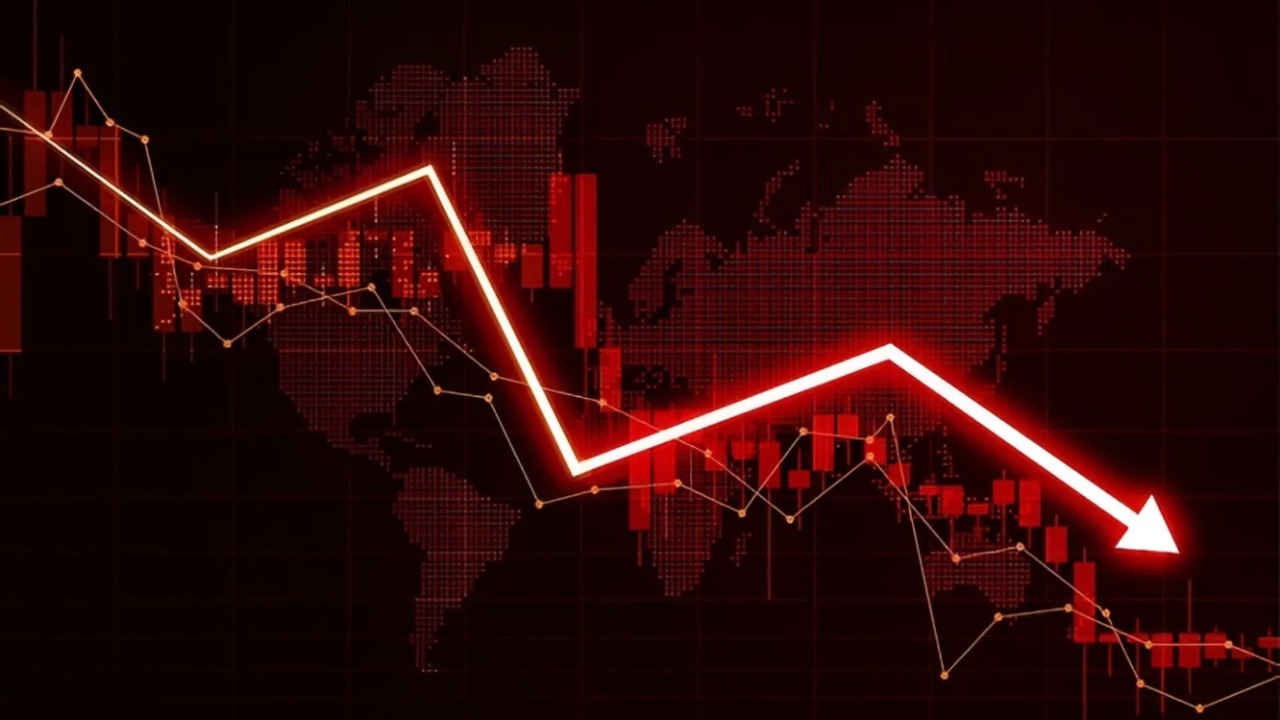
Follow WOWNEWS 24x7 on:

Shrimp Exporter Stocks Slide Amid Global Trade and Demand Concerns
Indian shrimp exporter stocks took a hit in Thursday’s trading session, with declines ranging from 1.2% to 4.6%. The drop reflects growing unease over global demand softness, trade uncertainties with the United States, and rising operational costs across the aquaculture value chain. Despite India’s dominant position in global shrimp exports, the sector is grappling with headwinds that are testing investor confidence.
Key Highlights from Today’s Market Action
Global Trade Tensions and Demand Weakness
India has held the title of top shrimp exporter to the US for over a decade, but recent developments are threatening that lead. Exporters are facing multiple challenges:
The global shrimp market, valued at over $69 billion and growing at 6.72% annually, remains robust. However, India’s share could shrink if trade barriers persist and compliance costs rise.
Domestic Pressures and Farming Challenges
Shrimp farming in India is also facing internal stress, particularly in key producing states like Andhra Pradesh and Tamil Nadu:
These factors are compressing margins and forcing exporters to recalibrate their procurement and pricing strategies.
Investor Sentiment and Sector Outlook
The stock market reaction reflects broader concerns about the sector’s short-term profitability. Analysts are revising earnings estimates downward and warning of continued volatility.
Despite the current turbulence, India’s shrimp industry retains structural advantages in scale, farming efficiency, and global relationships. However, stakeholders are calling for faster policy interventions and trade facilitation to restore momentum.
Strategic Moves and Future Outlook
Industry insiders believe that the upcoming festive season in Western markets could revive demand, especially for ready-to-cook and frozen shrimp products. Exporters are also exploring newer markets to reduce dependency on the US:
The sector’s ability to adapt to evolving global standards and consumer preferences will be key to maintaining its leadership position.
Sources: Economic Times




